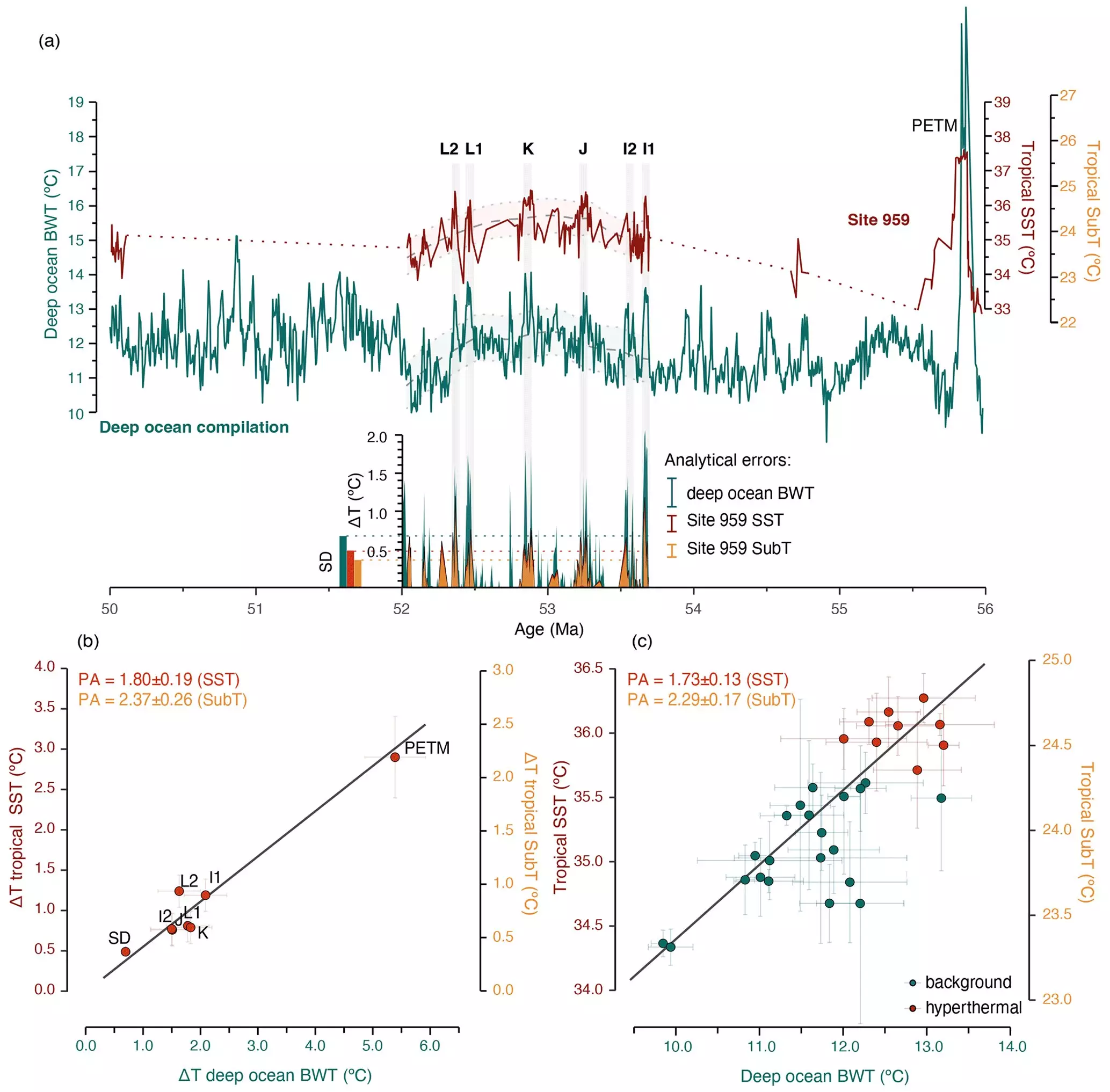The polar regions are experiencing warming at a faster rate compared to lower latitudes, which is a growing concern in the scientific community. The Intergovernmental Panel on Climate Change has highlighted a significant increase in air temperature over Arctic land masses during the 20th century, with the highest rates of warming since the 1980s. This phenomenon, known as “polar amplification,” poses a threat to the organisms living in these regions and has global implications.
Land and sea ice in the Arctic and Antarctic play a crucial role in regulating climate through ice-albedo feedbacks. Ice reflects incoming solar radiation, helping to maintain temperature and ice masses. However, as climate warms and ice melts, darker land and sea surfaces are exposed, absorbing more solar radiation and leading to further warming. This feedback loop intensifies concerns about the future of polar regions and highlights the significance of understanding these processes.
Studying past periods of Earth’s history, such as the early Eocene, provides valuable insights into polar amplification driven by atmospheric processes. Researchers have reconstructed temperature variations during ice-free intervals, shedding light on the impact of variations in Earth’s orbit around the sun (Milankovitch cycles) on global climate. By analyzing sea surface temperature records from the Eocene, scientists have identified factors influencing polar warming and ice melt.
Two dominant factors control polar amplification: ice-albedo feedbacks and atmospheric feedbacks. These mechanisms are challenging to separate due to their interplay in the modern era. Data from paleoclimate studies are essential for validating theories and understanding the complexities of polar amplification. By investigating feedbacks in ice-free climate states, researchers aim to quantify the contributions of different processes to polar warming and inform future climate projections.
Analyzing sediments from the early Eocene, scientists have identified temperature variability in the tropics and high latitudes during hyperthermal intervals and orbital cycles. This research suggests a link between orbital forcing, global temperature fluctuations, and carbon cycle changes. By studying cell membrane lipid biomarkers and using the TEX86 paleothermometer method, researchers have gained valuable information about past climate conditions and the mechanisms driving polar amplification.
Comparing Eocene polar amplification factors with current climate models reveals potential underestimations of warming in the Arctic and Antarctic regions. As global temperatures continue to rise, understanding the impact of polar amplification is crucial for predicting future climate trends. Rising sea levels, melting ice sheets, and carbon emissions from permafrost thaw are among the key concerns linked to polar amplification and its consequences for the planet.
The future of polar regions and climate change is a topic of growing importance in the scientific community. Understanding the mechanisms driving polar amplification, from ice-albedo feedbacks to atmospheric processes, is essential for mitigating the impacts of global warming. By studying past climate conditions and comparing them to current climate models, researchers can improve predictions and inform policy decisions to address the challenges of climate change in polar regions.


Leave a Reply